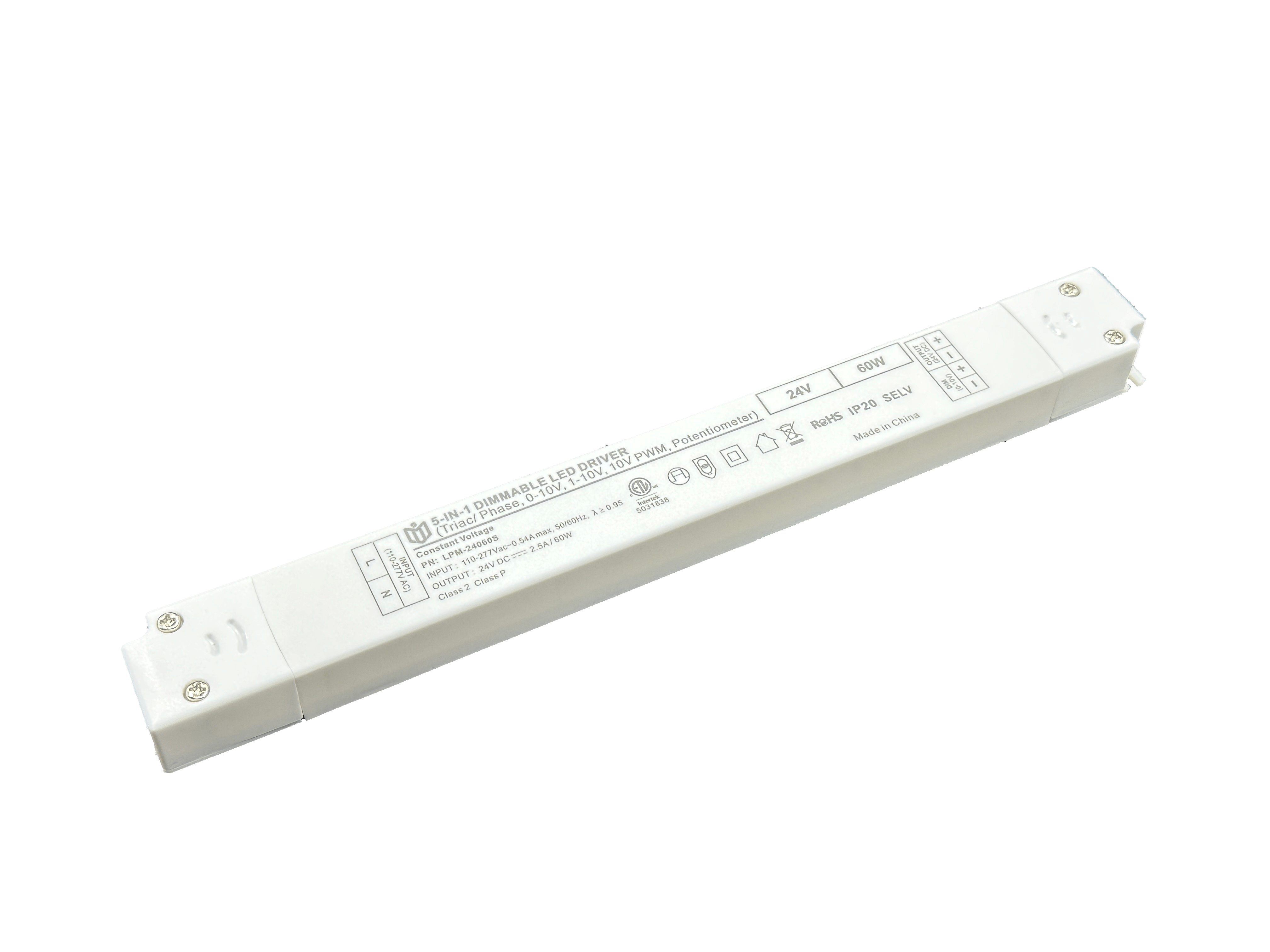Has the eco-friendliness of LED dimming power supplies been fully recognized?
The rise of LED technology marked a revolution in energy-efficient illumination, but debates persist about whether its dimming variants live up to their eco-friendly reputation. Let’s dissect this claim through three critical lenses: manufacturing processes, operational performance, and end-of-life management.

Manufacturing Footprint vs. Long-Term Gains
Producing high-quality LED drivers involves rare earth metals extraction and precision engineering—initially demanding significant resources compared to basic ballasts. Yet when deployed across commercial spaces like offices or retail stores, adaptive dimming systems slash electricity consumption by 30–50% during off-peak hours. For instance, a hotel lobby using motion-sensor dimmers reduced annual grid reliance equivalent to taking 12 cars off roads permanently. This tradeoff raises questions: Should we judge based on cradle-to-gate emissions alone, or celebrate lifecycle savings?
Smart Controls Amplify Sustainability
Modern dimmers integrate with IoT platforms to optimize light output dynamically. Hospitals now program corridor lighting to dim automatically after midnight, cutting overnight usage without compromising safety. Such intelligence transforms static fixtures into responsive systems that match human occupancy patterns. Studies show buildings equipped with programmable drivers achieve LEED certification scores 15 points higher on average than those using fixed-output alternatives. The key lies not just in hardware but algorithmic efficiency turning kilowatts into measurable conservation wins.
Recycling Challenges and Innovation Pathways
E-waste streams reveal gaps in circular economy adoption. Only 22% of discarded drivers currently get recycled due to complex composite materials mixing copper coils with plastic casings. However, breakthroughs emerge: Some manufacturers now offer modular designs allowing easy component separation at end-of-life stages. When paired with takeback programs incentivized by EU directives, these advances could soon close material loopholes entirely. Until then, choosing models compliant with RoHS standards remains crucial for minimizing toxic landfill contributions.
Real World Verification Needed
Lab tests often overpromise field results. Field audits conducted across five continents found actual energy savings averaged 28% below theoretical maxima due to factors like dust accumulation affecting heat dissipation. Independent certification bodies now mandate accelerated aging simulations before granting Ecolabel endorsements—a practice pushing manufacturers toward robust design standards. Transparency initiatives like Energy Star’s public database further hold producers accountable for real-world performance claims.

Balancing Perception with Data
Public awareness lags behind technical realities. Surveys indicate 67% assume all LED products deliver equal environmental benefits regardless of control mechanisms. Education campaigns must highlight how premium dimmers justify higher upfront costs through TCO (Total Cost of Ownership) advantages accruing over 7–10 year lifespans. Architects increasingly specify them in BREEAM-rated projects precisely for these cumulative impacts on building portfolios.
Ultimately, the eco-credentials of LED dimming systems depend less on inherent qualities and more on implementation context. As smart city rollouts accelerate globally, their potential to redefine sustainable infrastructure grows exponentially—provided stakeholders prioritize whole-system optimization over component isolation. The evidence suggests we’re still underutilizing this technology’s full green potential.
 In heritage architecture prote
In heritage architecture prote
 When small-batch customization
When small-batch customization
 Have the electromagnetic emiss
Have the electromagnetic emiss
 When Triac dimmable power supp
When Triac dimmable power supp
